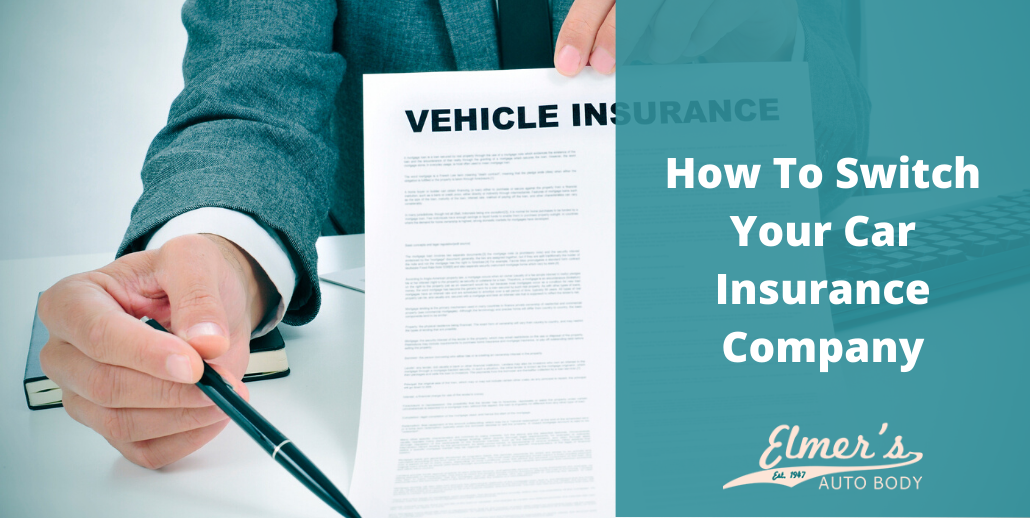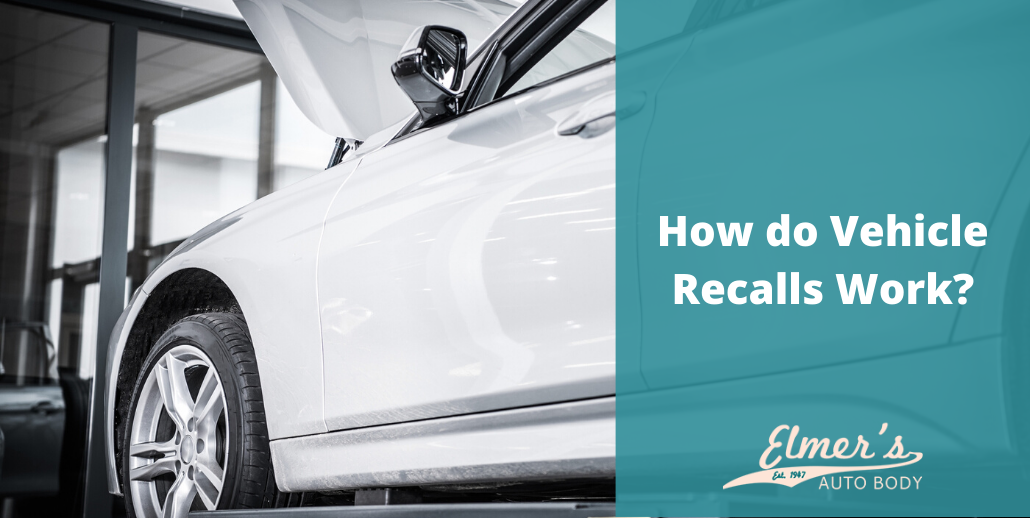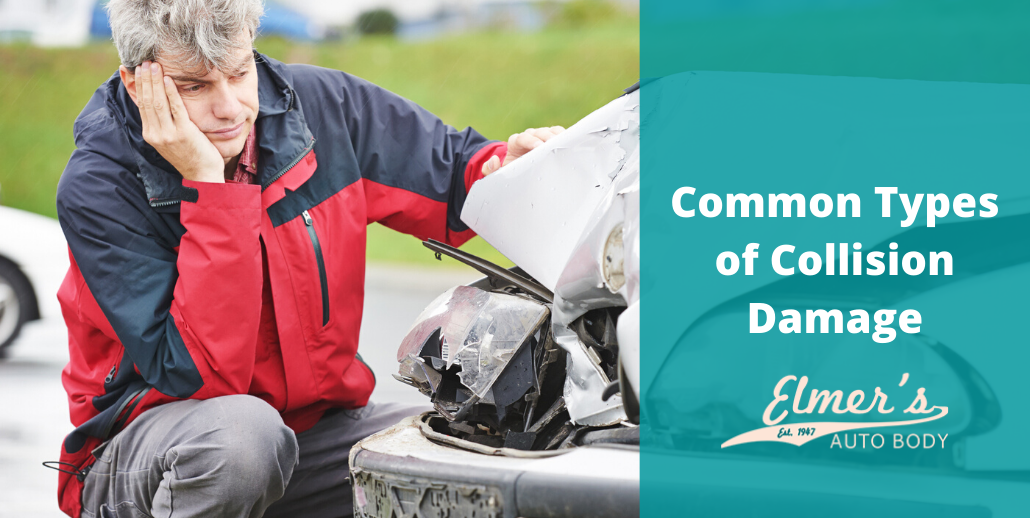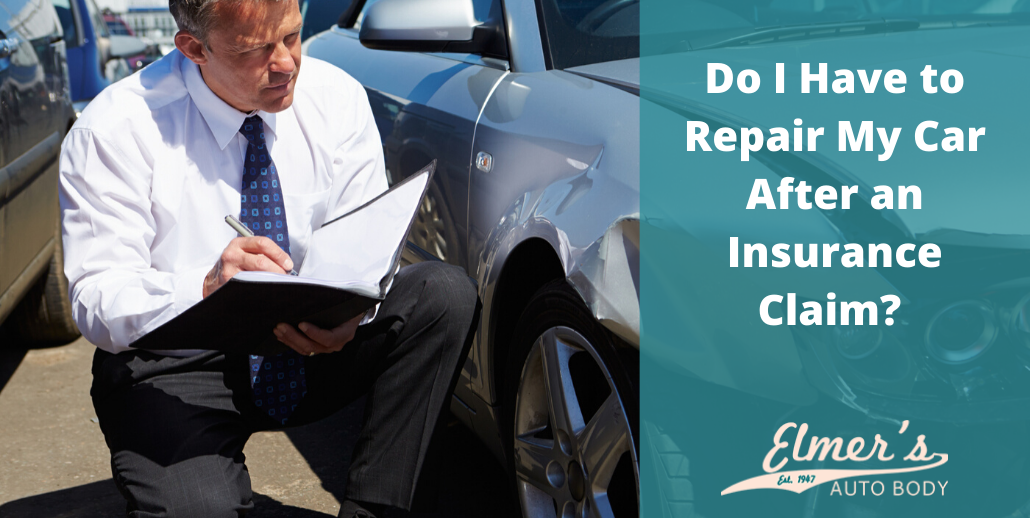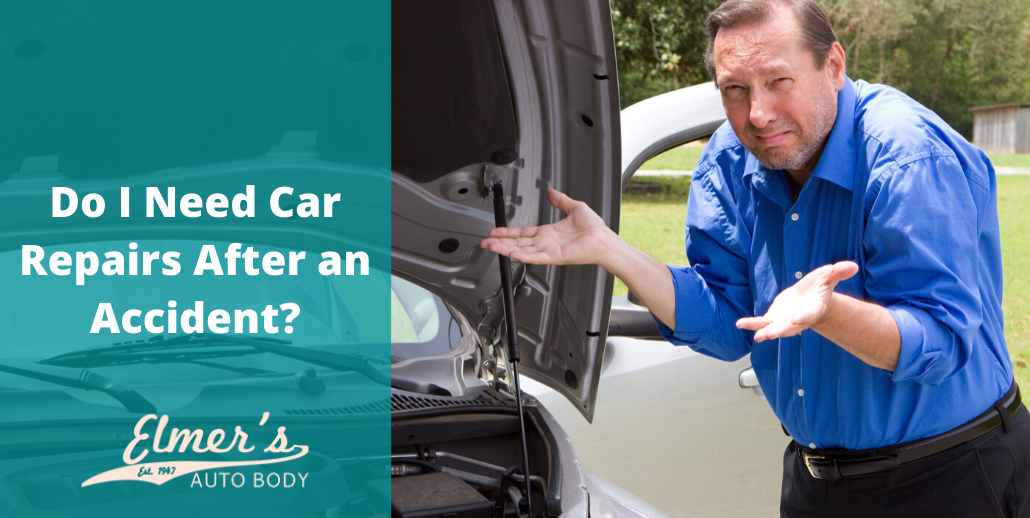Switching your car insurance is not an end of the world event. In fact, it’s actually not that complicated. Everyone who owns a vehicle has at one time or another chosen to move on to another provider. With so many insurance carriers glutting the market, and prices fluctuating, there are unending choices and deals to be gained. Maybe you’re moving to another area or are experiencing poor service from your current provider. If that’s the case, think about changing insurance companies.
Steps to Follow
If you’re unsure of the process in switching to another carrier, here are some steps to follow and some precautions to take when changing your car insurance coverage.
Comparison Shop
In switching insurance providers, your first step is to do some comparison shopping. You want the lowest price possible in a policy along with good customer service. Contact as many insurers as possible. Get 3-5 quotes through on-line providers, independent agents, or other insurance companies. Further research the going rates in your area to get a better understanding of competitive pricing. Also, seriously think about whether you need changes in your coverage. You’ll want to check for discounts that you may qualify for through a different policy. Check whether you can eliminate certain coverages, like collision, particularly if you own an older vehicle that’s diminishing in value. Or, if you’re driving more in the evening hours, you’ll probably want to look at increasing your liability coverage to minimize your risk of nighttime accidents.
Know What You’re Getting
A low quote for car insurance is easy to pounce on but before you go full speed ahead with a different company, determine what kind of coverage you’re getting. The quote given to you may be lower, but it may also be for a lesser amount of coverage than what you are getting through your current policy. You may have to increase your coverage on a new policy, which means you aren’t initially saving what you thought you would.
Steering Clear of Mistakes
To steer clear of making mistakes, compare your current policy features with that of the new policy. Look at the types of coverage on the new policy and your limits and deductibles with it. You should send a copy of your current declarations page to a potential insurer that includes a listing of your current policy provisions. You want any new provider to be aware of the coverage you need, plus you want a new policy equal to or better than your current policy.
Notifying your Current Provider
Once you’re done with your comparison shopping and have come up with a fair price and a good company to work with, notify your current insurance provider of your plans to make a change. Explain to them you’ve been a loyal customer and that you’ve found another insurer that offers similar coverage at a lower cost. Most insurers today like to keep long-standing customers, so they will likely go over your account and determine whether you are eligible for discounts. They may either match the quote or go below the other insurer’s quote.
Cancellation Process
If your current insurance company is unwilling to make adjustments to your policy or meet a competitor’s quote, you need to ask them about the cancellation process concerning your policy. You will probably have to give them sufficient notice of cancellation. That can be as much as 30-days. You may also have to pay a cancellation fee as some insurance companies charge penalties for going to another company before the end of the term of your coverage. If you cancel in the middle of a term, you may have to pay a percentage for any unused premium or there may be a standard fee. Other insurers may allow you to cancel whenever you choose as long as proper notice is given. Be sure and ask your insurance company if there is a cancellation penalty. You can then decide whether to make the switch right away or at another time to avoid any penalties.
Finalization of the Switch
If you complete a switch in your car insurance, pay for your new policy and verify that it is in place and active. Once your new insurer provides verification, contact your old insurer and cancel the policy. You should receive a refund for any time left on your old policy when making the change at the midpoint of the policy. You don’t want any interruptions in your coverage, so make sure you have coverage between the end of your old policy and the beginning of your new one. You don’t want to risk losing your license or receiving premium increases.
After Switching Policies
When you switch your insurance policy and are with a new company, you’ll want to notify any lease provider or loan holder right after you make that switch. Car lease holders and loan holders almost always require insurance coverage. If a loan company thinks you no longer have coverage, or that your insurance coverage has been cancelled, you could face repossession of the vehicle.
Your new insurer could drop your coverage during the first couple months that coverage is in effect (60 days). Within that time period, you want to be very careful to avoid traffic violations and accidents. You don’t want to wind up uninsured or worse yet, scrambling to find another provider.
Switching car insurance companies doesn’t have to be a drawn out affair, but you want to take time to research enough alternatives that offer adequate coverage at competitive rates. If you are still unsure how to go about switching your car insurance, complete the online contact form and a representative will get back to you with the information you need to help you make the switch.

